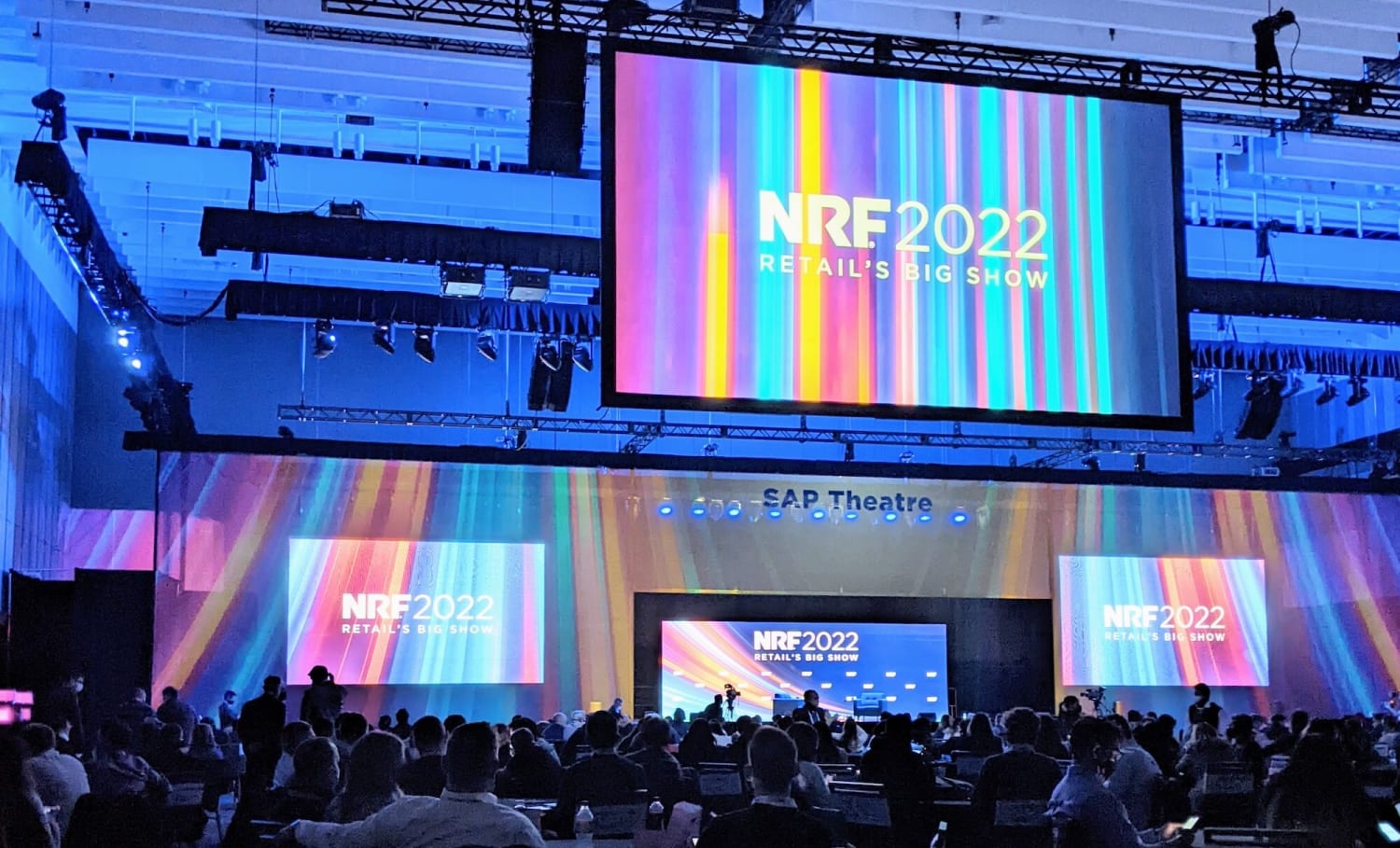Faced by challenges related to the COVID Omicron surge in the U.S., the National Retail Federation pushed forward with their annual conference – dubbed ‘The Big Show’ – at the Javits Center in New York. With enhanced health protocols in place, the event served as a microcosm for the resiliency of the retail industry over the last two years.
With supply chain constraints, a tight labor market and inflation much discussed at NRF, the overall mood was cautiously optimistic and the outlook bullish. With good reason, as the retail industry as a whole has performed well, with 20 consecutive months of growth, including 14% overall sales growth in 2021, according to Matthew Shay, CEO of NRF.
Across numerous sessions, including keynotes with Fortune 500 leaders from Best Buy, Target, Walmart, Lowe’s and others, NRF discussions covered a number of key themes: Adaptability, Sustainability, Customer Focus, and Continuous Innovation. Underlying these themes were a deep understanding of the customer and the strategic use of technology to erase the lines between sales channels.
Let’s take a deeper dive and distill some key takeaways for brands and retailers:





